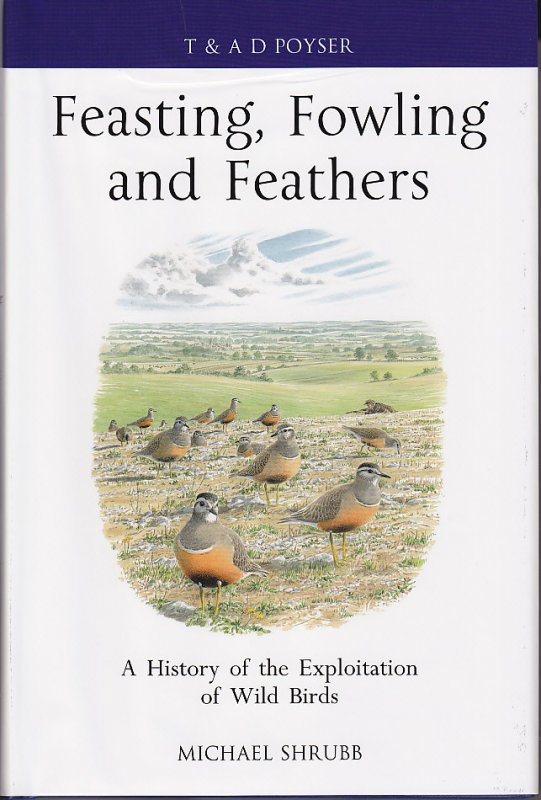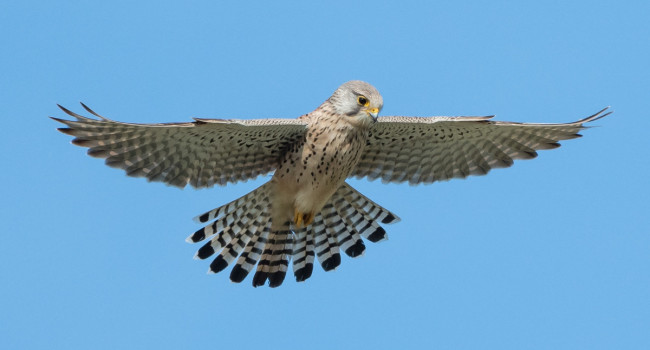
Publisher: Poyser, London
Publication Year: 2013
Binding: 2
Page Count: 256
ISBN Number: ISBN 978-1-40815-990-3
Price: £50.00
Feasting, Fowling and Feathers: a History of the Exploitation of Wild Birds
There have been a number of earlier books on the associations of birds and man, but this one is specifically about the exploitation of wild birds. The author, Michael Shrubb*, long-time member of the RSPB and BTO, is an ex farmer, who has written books about the impact of farming on birds. This latest title is a superbly researched book looking at the use of wild birds, not domesticated birds.
In the first chapters, Michael reviews the range of bird uses – namely their use as food, for feathers and skins, for eggs, as cage birds, and for hunting.
In each case, the historical use is examined with a wide range of fascinating facts. Archaeological examination remains from Roman sites shows that a wide range of species were used for food, from small passerines to Great Bustards. In later times, evidence comes from written lists of feasts and markets. For example, the feast celebrating the installation of the Archbishop of York in 1465 included 4,000 pigeons and 1,000 egrets as well as many other species. In the 16th century, Puffins were classified as fish by the Church, so that they could be eaten on Fridays and at Lent!
Feather and downs have also been used for millennia, as quills for pens, decoration of hats and clothes as well as for stuffing pillows.
We may think that keeping cage birds is a relatively modern activity, but there is evidence that the Romans kept aviaries for passerines.
Falconry probably started in the seventh century in China, coming to Europe in the 3rd century AD. Falcons and Hawks were valuable property, kept by the upper classes for hunting.
Following chapters look at fowling where, surprisingly, similar trapping methods to modern day ones, were used in ancient times and clap nets were depicted in ancient Egyptian illustrations. The legal regulations of fowling are examined – as long ago as 1572, there was a closed season for wildfowl, bustard and partridge.
The bulk of the remainder of the book looks at the above aspects as they affect groups of birds – Herons, Spoonbills and Cranes; Wildfowl; Gamebirds; Waders; Seabirds; and passerines.
The final chapters look in more detail at cage birds and collecting, and the plumage trade.
There are a number of useful appendices and an extensive bibliography.
All in all this is a fascinating and detailed study of our exploitation of birds. An excellent read.
* Sadly, Michael Shrubb died in September 2013.
Book reviewed by Derek Toomer





Share this page